Review: Tripvia GPS-Guided Audio Tours
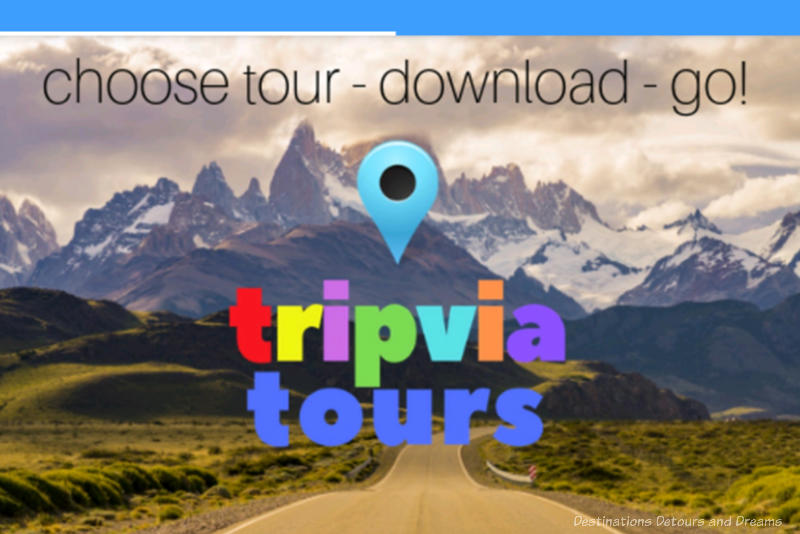
A review of Tripvia GPS-guided audio tours
(Last updated September 2022)
Tripvia Tours provides GPS-guided audio walking and driving tours in several locations across Canada and the United States. I’ve had the opportunity to take a few of the tours. The app was easy to use and the information interesting. Based on my experience, I can recommend the app to others.
(Disclosure: I received two free tours from the company and purchased three other tours. This review is my honest assessment and reflects my own opinions.)
How Tripvia Works
Tripvia Tours is a free app for your smart phone or mobile device. Once the app is installed, you purchase individual walking or driving tours. Most tours cost between five and six dollars. There are also a few free tours available. Once a tour is purchased and downloaded, you can access it and use it as often as you wish.
You can view the tour overview, a list of the points of interest, and a map of the route before purchasing the tour. Once you’ve purchased and downloaded the tour, you have full access to all elements of the tour.
Each tour starts with an audio introduction to the tour and instructions. As you make your way along the route, when GPS detects you’ve reached the next “stop” or point of interest, the audio guide will begin. You’ll hear the tour guide provide information relevant to that stop. Note you will have to accept location permissions so that the application is allowed access to your location information. The amount of audio associated with each stop generally runs from between half a minute to two minutes. Transcript text is also available to read.
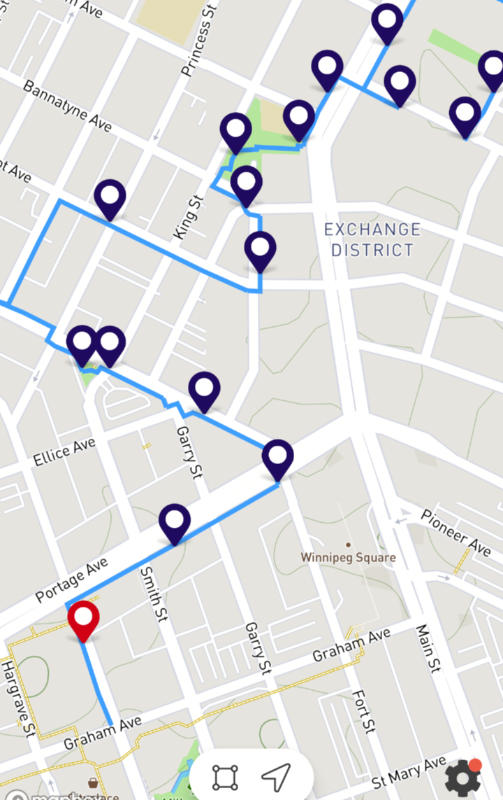
You can access the tour in offline mode, which means it can be taken without a cell signal and without using cellular data, as long as it has already been downloaded. In this case the audio commentary doesn’t automatically kick in. You have a map of the route with the locations of points of interest highlighted and numbered. When you reach a point of interest on the route, you click on that highlighted number on the map to bring up the commentary. At that point, you can either play the audio or read the transcript text.
Even if you are taking the tour in online mode, the ability to access the tour in offline mode can be useful should you reach a spot where cellular service becomes spotty.
Some of the tours have voice directions guiding you to the next stop. Others don’t, in which case you need to follow the map.
To add a bit of extra interest to the tours, trivia questions accompany points of interest. The multiple-choice trivia question is at the bottom of each point of interest’s written transcript. In some tours, the question is based on information provided in the audio guide. If you’ve listened closely you should do well. In other cases, the trivia question branches out and provides additional information.
Tripvia says that on driving tours the tour guide will ask you the questions on the audio guide, but I didn’t have the opportunity to experience this myself to see how it worked.
What Tripvia Tours Are Available
As of September 2022, the app contained nearly 70 different tours. Tours exist in the Canadian provinces of British Columbia, Alberta, Saskatchewan, Manitoba, and Nova Scotia and the Yukon Territory. Tours also exist for the U.S. states of California and Colorado.
Types of tours include sightseeing tours, themed tours, nature walks, a food tour, and ghost tours. Driving tours highlight points of interest along a route between two points. Signature tours are a mix of driving and walking.
Tours are being added regularly. Greg Donkers of Tripvia Tours says “Our future plans include a lot of expansion with respect to both Canada and the US as there are a ton of great places for tours. We are also going to continue experimenting with different types of tours . . . to offer something unique and appeal to a younger demographic. Some ideas include fitness or mindfulness tours, kids tours, scavenger hunt tours, escape room type tours, etc.”
Tripvia Tour Creation
Tours are created by a variety of guides. Tripvia collaborates with the tour guides to come up with a tour and create the route. The tour guides then plot out the points of interest and write the scripts. Tripvia records the tour and inputs it into their software.
The free tours were created jointly by Tripvia and the town/city of the tour.
My Tripvia Tour Experiences
Given that the pandemic kept me close to home for a couple of years, the first four I took were within my home city of Winnipeg, Manitoba. Each had been created by a different guide. Of these four, only The Sights of South Winnipeg Signature Tour had audio instructions directing me along the route from stop to stop. For the others, I followed the map displayed in the app.
I’ve since had the opportunity to take a tour outside of my home province: a driving tour in Saskatchewan.
The Sights of South Winnipeg Signature Tour
This tour explores the history and heritage of south Winnipeg. The mostly driving tour covers 51 points of interest and information. There are walking tours associated with four of those points. Tripvia recommends allowing three to four hours for the tour, but it can be completed in less time if you don’t do the walking parts. Because I’d previously been to some of the walking portions, I did only one walking tour portion. I got out of the car briefly at a couple of other spots to better see things. The tour took us just under three hours.
Points of interest include the University of Manitoba campus historical buildings, King’s Park which features a pagoda and a memorial labyrinth, Trappist Monastery Ruins, St. Norbert Provincial Heritage Park, Place St Norbert, La Barriere Park, and Duff Roblin Provincial Park. You’ll learn a bit about historical buildings at the university, the history of St. Norbert, the Red River Cart, how La Barriere Park got its name, and the outstanding engineering achievement of building the Red River Floodway, whose original earthwork project was larger than the Suez Canal, but smaller than the Panama Canal.
This was the first Tripvia tour I took. I was unsure of how well the tour would operate hands-free so I asked my husband to accompany me. He drove and I followed our progress on the Tripvia map on my phone. The audio guide kicked in automatically when we reached the next point of interest. A person could be on their own and do this tour. The one problem we did encounter was that the beep of the location alert when we reached the point of interest bleeped over the first couple of words of the audio guide. This caused an issue only once where we missed a turn as a result. Fortunately, because I’d reviewed the route ahead of time and was following progress on the app, I realized this quickly and we backtracked. See Tips.
Only the walking points of interest have associated trivia questions on this tour.
I grew up south of Winnipeg, attended the University of Manitoba, and have lived in southern Winnipeg all my adult life. I thought I knew this area well, but I discovered new-to-me places and learned a few interesting facts I did not know.
Statues of the Manitoba Legislative Grounds
This walking tour explores the almost 40 statues placed on the beautifully landscaped grounds around the Manitoba Legislative Buildings. Explanatory plaques accompany only a few statues. Most simply contain the name of the person represented. The information in the Tripvia tour provides more background.
The tour is essentially a loop around the grounds but it zigs and zags to get to all the statues. The tour takes an hour to an hour and forty-five minutes.
My only hesitancy about this tour is not with the app but with the statues themselves. The statues portray a one-sided settler view of history. A couple of days after I took the tour, one of the the prominent statues, a statue of Queen Victoria, was toppled in anger over the discovery of unmarked graves on the former sites of residential schools. I subsequently wrote a blog post about the statues and Canadian colonialism.
Winnipeg’s Wealthy Beginnings
This walking tour takes you through the Broadway and Memorial neighbourhood of downtown. Records show Winnipeg as the richest city in Canada in 1912 and the area covered by this tour was once a very desirable and exclusive section of the city’s downtown. Some of the first residential mansions and the first upscale apartments were built here.
This is an easy walking tour that takes one to one-and-a-half hours. The map is easy to follow. There were two points where I became confused because I couldn’t see the building being referred to. Shortly into the audio guide it became clear. The building referenced no longer existed. All other points on the tour were structures still in existence.
Winnipeg in the Limelight
The Winnipeg in the Limelight walking tour takes you on a stroll through Winnipeg’s theatrical past and present.
This tour was created by my favourite tour guide. My niece Sabrina Janke is an historian with experience creating and delivering guided tours and co-creator of the award-winning podcast One Great History featuring the great (and not so great) history of Winnipeg, Manitoba.
The tour covers 18 points of interest in downtown and in the Exchange District, a National Historic Site which is always a great area to explore. The Exchange District is full of history and is a current arts and cultural hub. On this tour, you’ll see historic building, hear interesting stories about Winnipeg’s theatrical history, and learn a bit about vaudeville and modern films shot in the city. The Exchange District has served as the film set for a number of movies. You’ll have to imagine Princess Street transformed to the wild west or, if you’re taking the tour in summer, streets covered with snow and buildings glistening with Christmas lights for a Hallmark Christmas movie.
This tour takes an hour to an hour and a half. Note that it is not a loop. The starting and ending point are not the same.
Trans-Canada Highway: between Moose Jaw and the Saskatchewan Border
I’ve often heard people refer to the drive across the mostly flat terrain of the Canadian prairies as boring. I don’t agree with that assessment, but for those that do, one of Tripvia’s Trans-Canada Highway driving tours might liven it up.
Although the route between the Saskatchewan border and the city of Moose Jaw, Saskatchewan is one I’ve driven many times, I learned a number of new and interesting things about places I passed by or Saskatchewan in general while listening the audio tour.
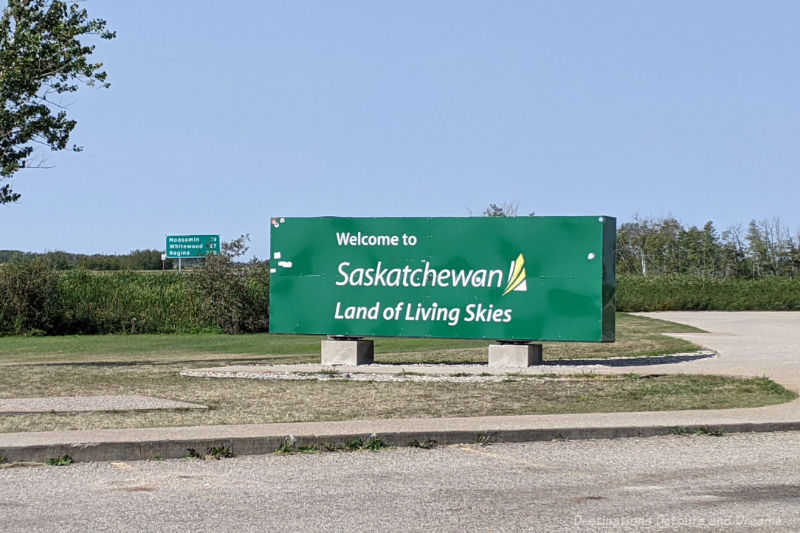
The tours works in either direction, whether going east from Moose Jaw to the Saskatchewan border or west from the border to Moose Jaw. I ran the tour going westward. Unfortunately, I missed hearing about the easternmost points of interest because I hadn’t set up location services on my phone correctly. After I stopped, adjusted settings, and restarted the tour, the audio kicked in automatically as I approached future points of interest. With 67 points on the tour, the time spent driving seemed to fly by.
Tripvia Support
There is an email and phone number provided in the app should you need assistance or support. I had a situation where I lost my downloaded codes after a software update (something Tripvia had not expected to happen). It looked like I would have to purchase them again. I emailed support and within a few hours had codes sent to me that allowed me to access and download the tours.
Tripvia Tips
1. Review the route before you start the tour
This will give you an overall sense of where the tour is going and reduce the amount of time you spend orienting yourself as you navigate from one point to the next. You’ll be less likely to get off track during the tour.
2. Order of Points of Interest
The routes map out a logical order of progressing through the points of interest. However, if you choose to see the points in a different order or somewhere take a wrong turn, the appropriate GPS audio guide will still kick in at whatever spot you happen to be at.
3. Trivia Quiz
The trivia quiz adds a fun aspect while taking the tour, but you can choose not to take do the quiz questions while taking the tour. After the tour is over, you can review the transcripts for each point of interest. This might be a fun activity for your tour group to do over refreshments after the tour.
4. Location Services
Make sure your phone’s location services in turned on before you go into Tripvia to open the tour. You may also need to give the Tripvia app permission to use location services.
Overall Opinion
I thought the tours were well organized, interesting, and generally easy to follow. I expect I will be taking future Tripvia tours, both close to home and when I travel further afield.
Never miss a story. Sign up for Destinations Detours and Dreams free monthly e-newsletter and receive behind-the-scenes information and sneak peeks ahead.
PIN IT


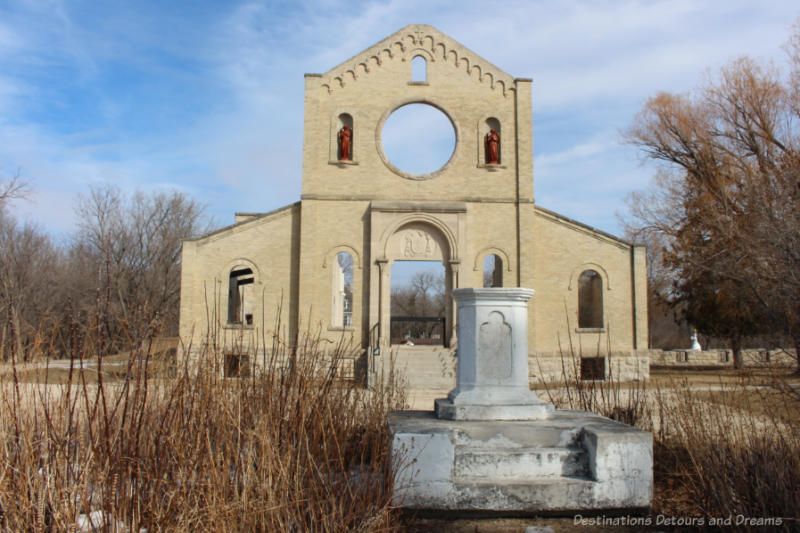
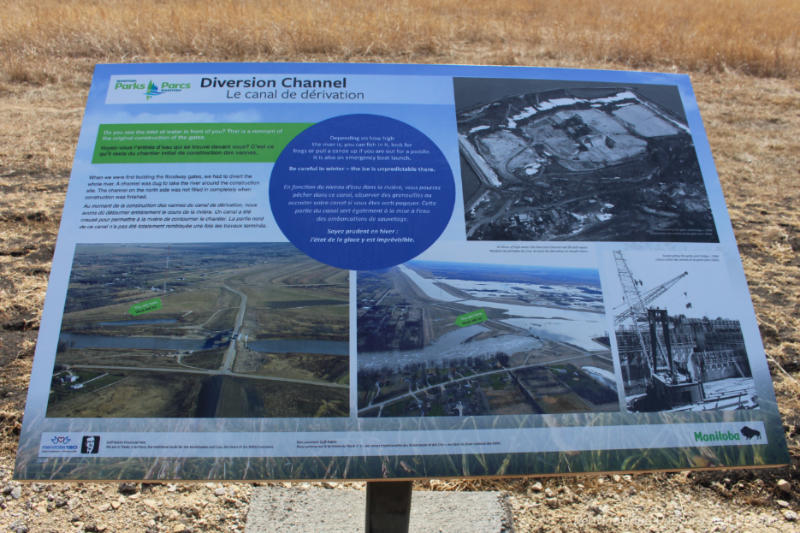
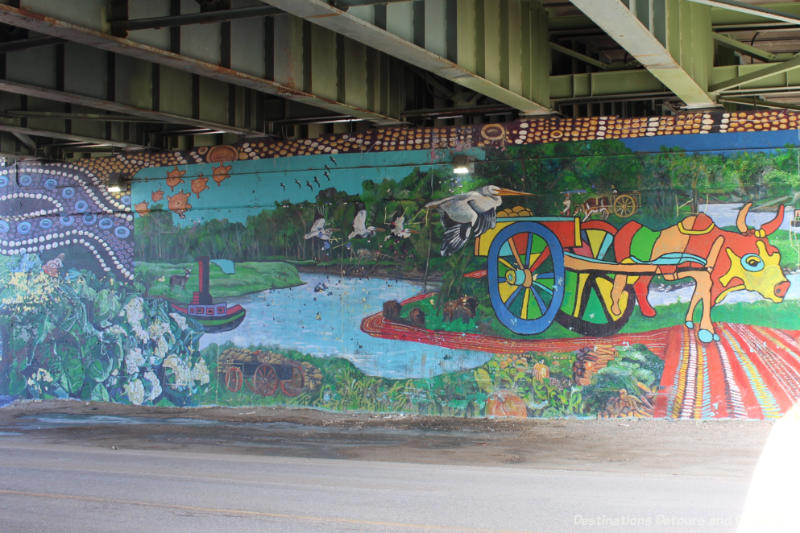

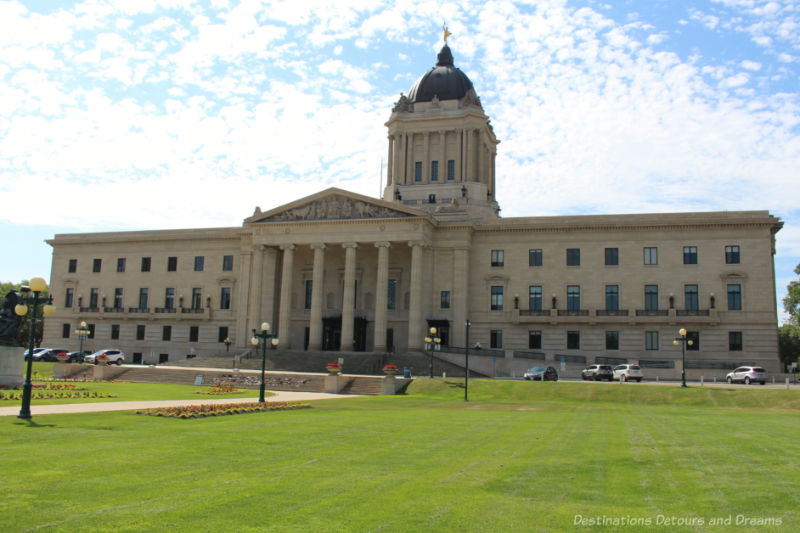
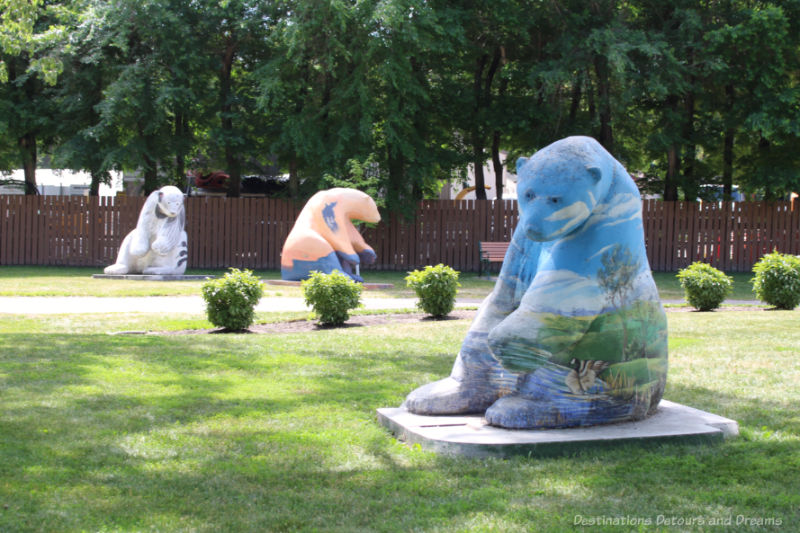
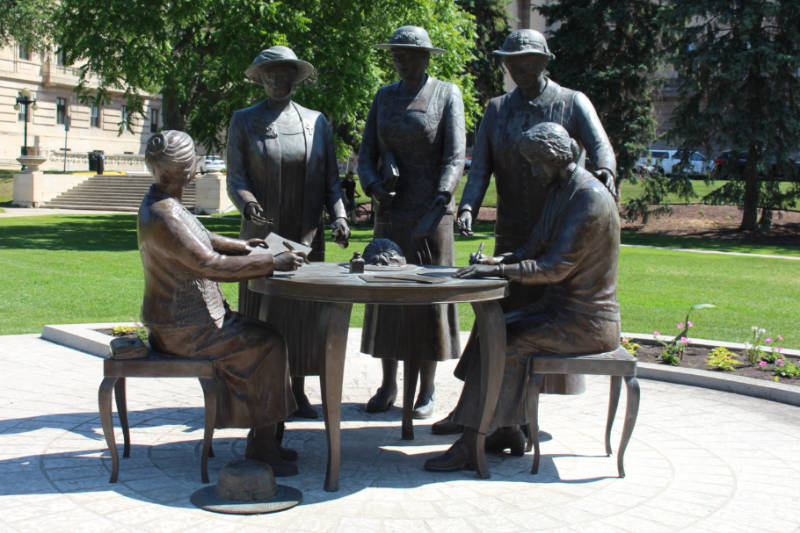
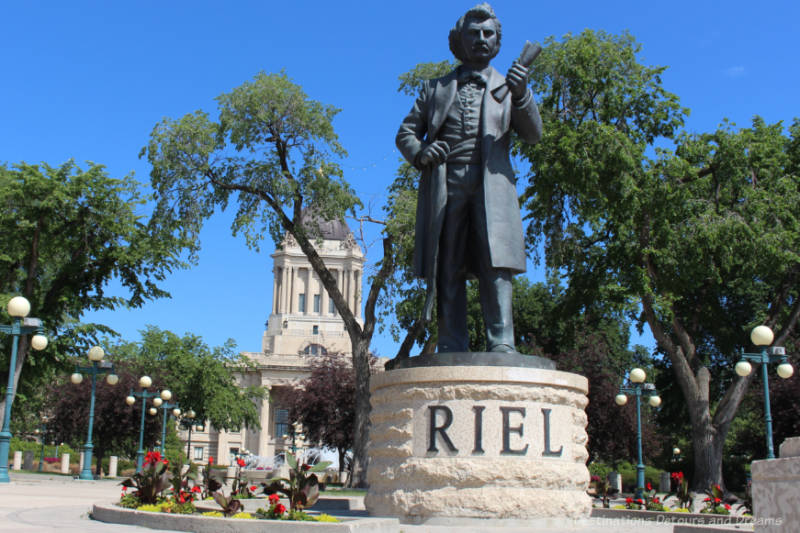
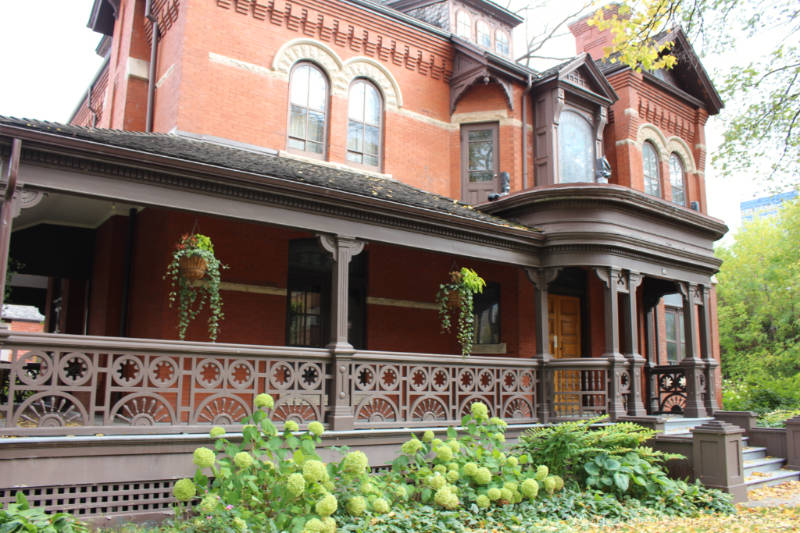
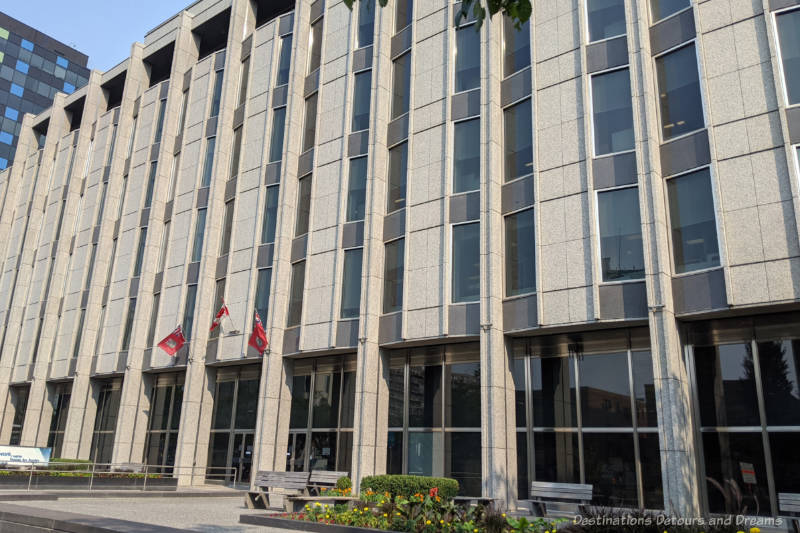
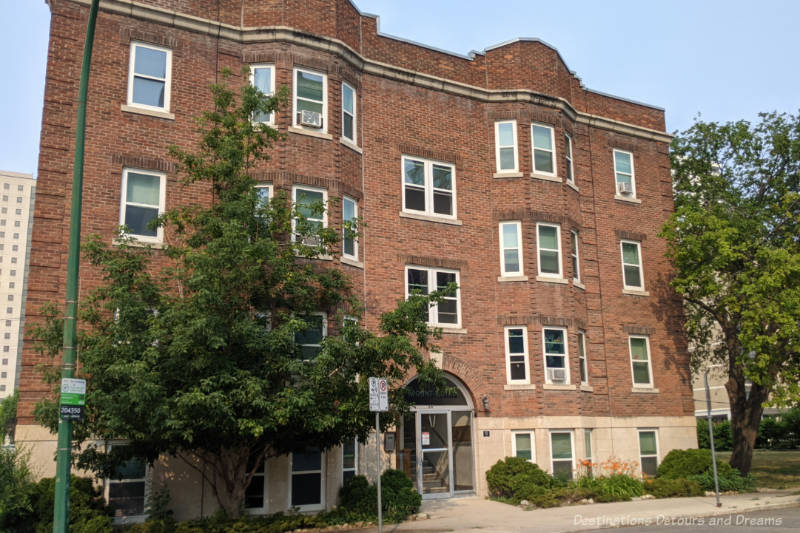
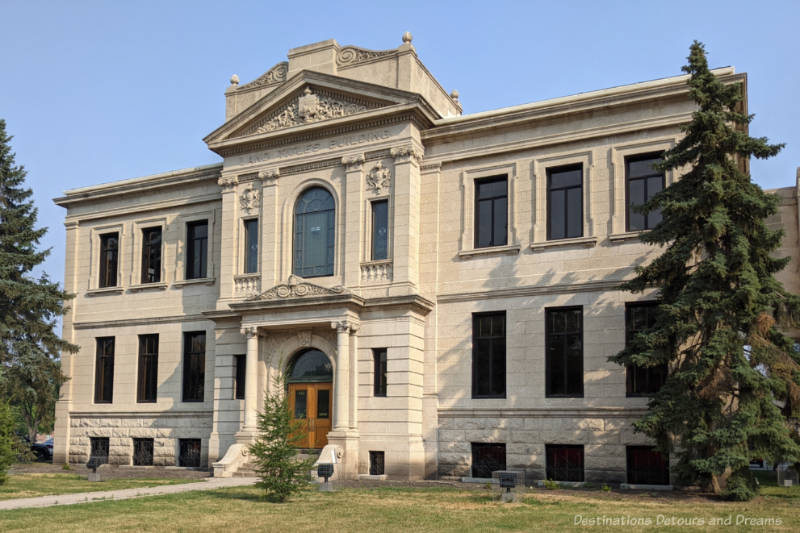
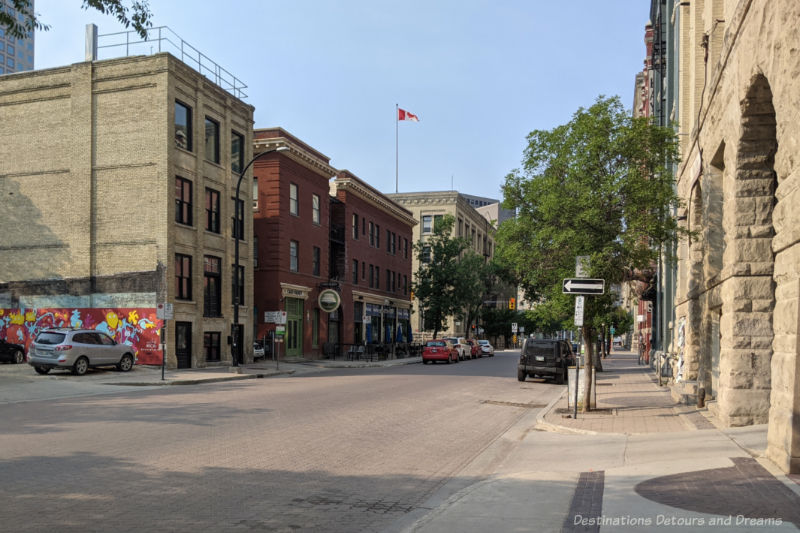
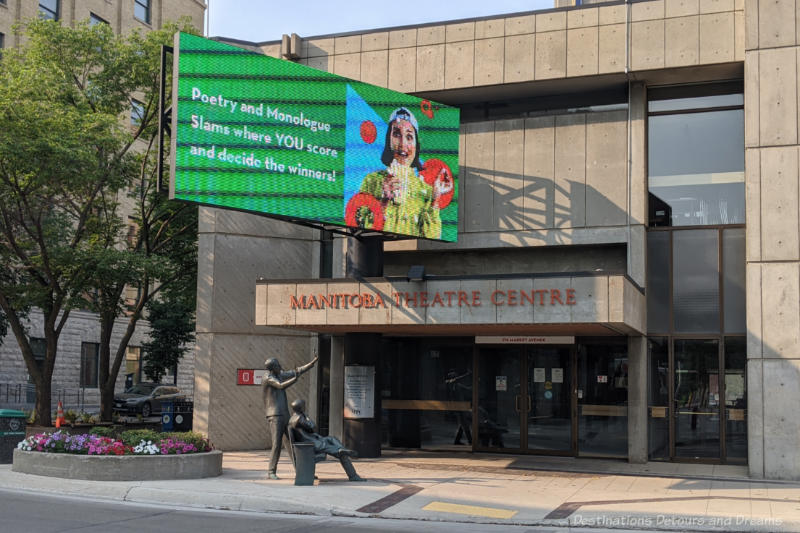
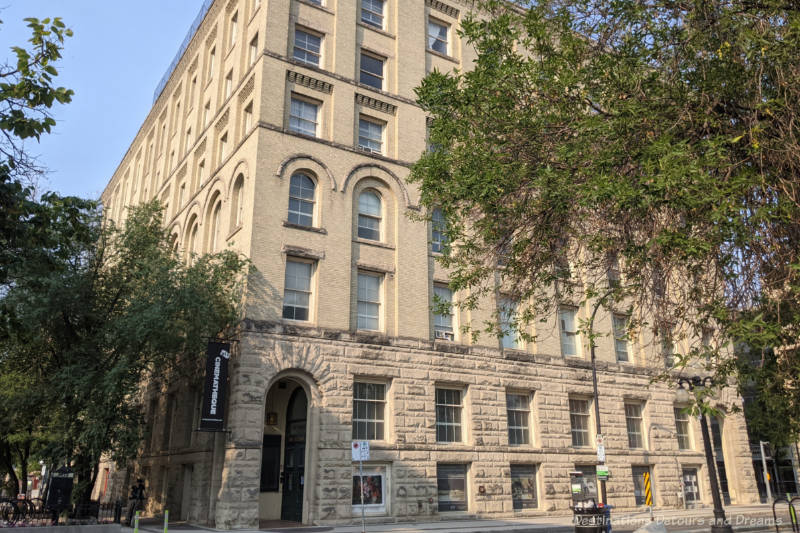
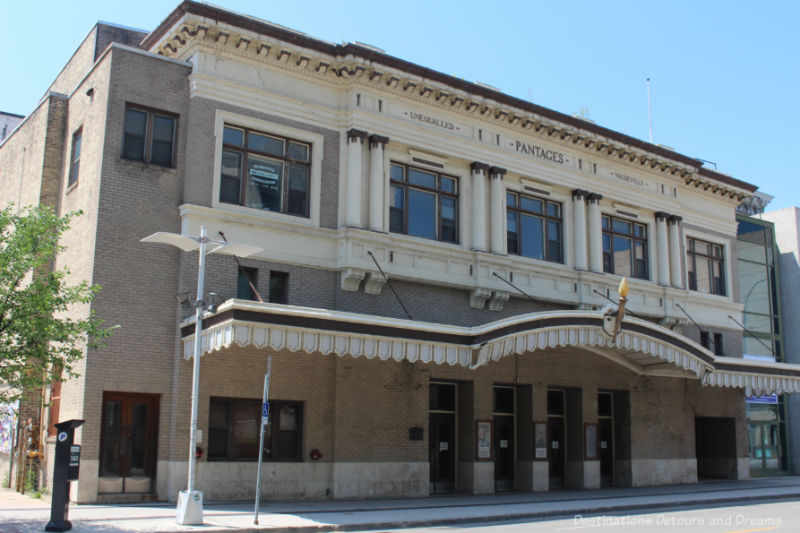

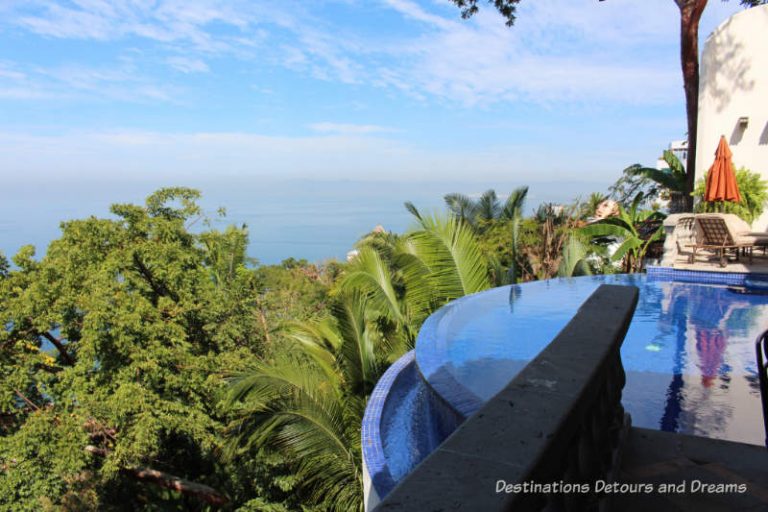
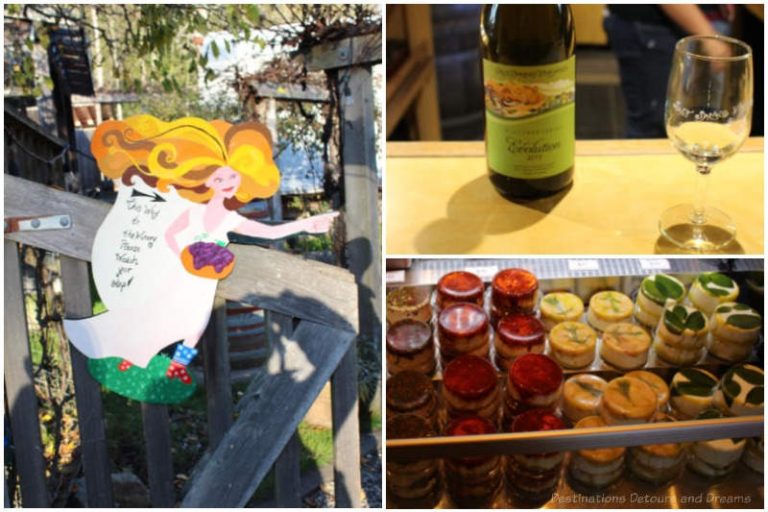
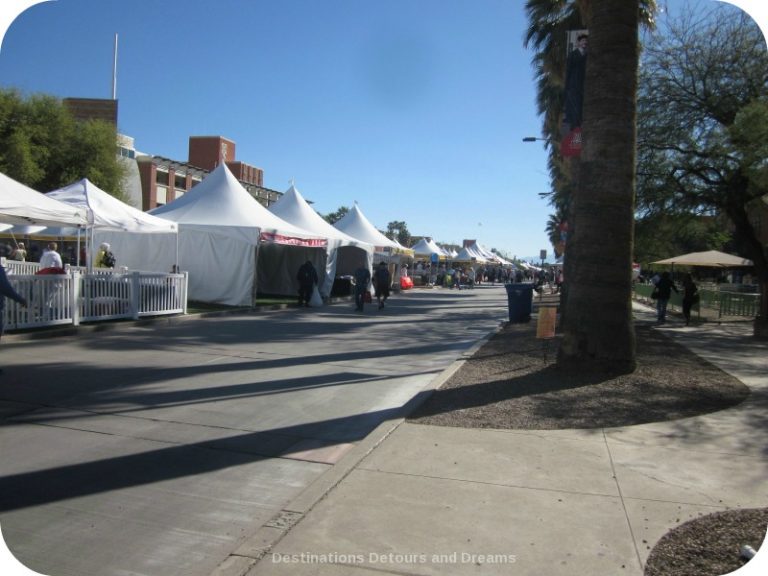
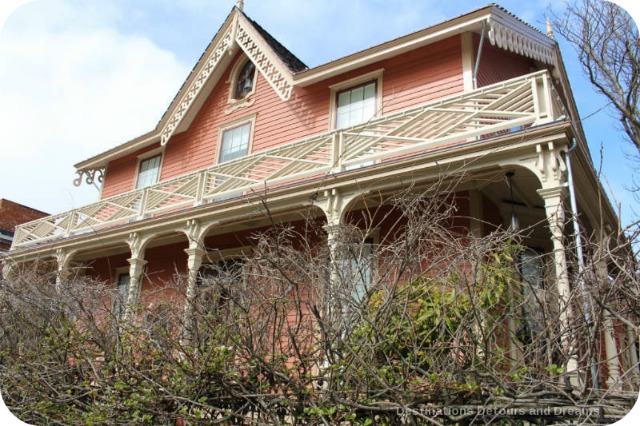
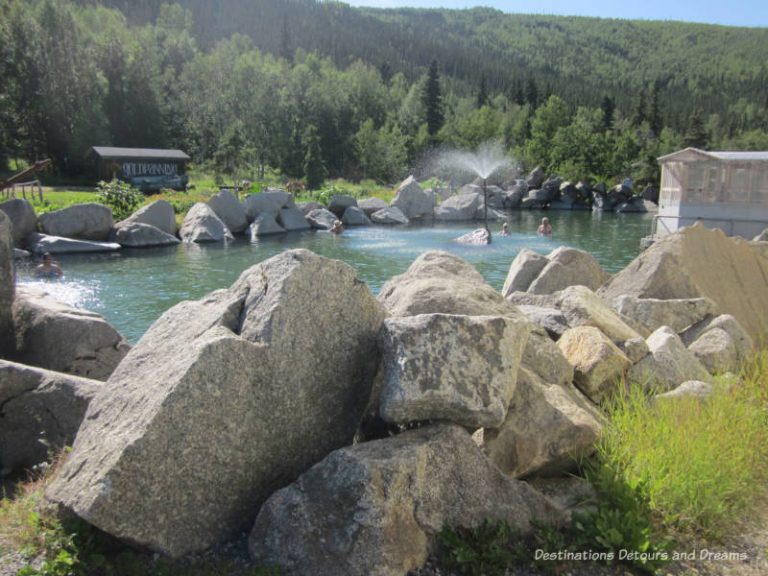
Thanks for alerting me to this. I had no idea any such thing existed. Will have to try it.